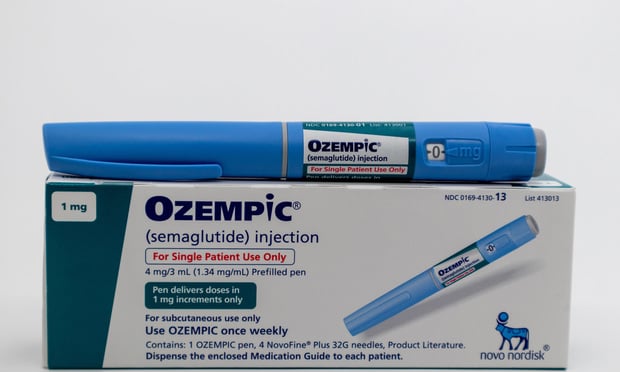Just how portable is today's workforce in the United States?
The frequency with which modern workers change jobs may be best understood through the lens of the country's 401(k) plans.
About 60 percent of the private-sector workforce has access to an employer-sponsored defined contribution plan, according to the Government Accountability Office.
Recommended For You
The Employee Benefits Research Institute says that translates to 75 million Americans participating in some form of a defined contribution plan.
Millions of those participants change jobs every year—one estimate puts it at 10 million. The average worker will change jobs 7.4 times in his or her work life, with the average tenure in a job 5.4 years.
That level of mobility in the workforce has had the unintended consequence of accelerating workers' cash-outs from 401(k) plans, resulting in billions of lost retirement savings each year. The Government Accountability Office estimates that workers cash out 2.7 percent of the trillions in 401(k) plans annually.
The implications of so-called plan leakage are not new to plan advisors, but the degree to which cash-outs result in lost retirement assets is worth revisiting: 89 percent of assets that leak from plans do so because workers take lump-sum cash-outs, as opposed to 401(k) hardship loans.
"We move around a lot in the workforce, but the money in our 401(k)s doesn't follow us," said Spencer Williams, president and CEO of the Retirement Clearinghouse.
"There's no 'easy button' for making sure assets in 401(k)s stay in them to grow when we change jobs. We've improved so many areas of plan design with auto enrollment and auto escalation and qualified default investments. But we haven't created an 'automatic' solution to address the portability of plan assets," Williams said.
The absence of a solution is having a crushing effect on the country's collective retirement readiness, Williams said, an assertion he backed with simple math.
He used the example of a 30-year-old who leaves a job and cashes out a 401(k) holding $5,000. Compounding those savings at 6 percent means that account would grow to $52,000 over 35 years—and that does not account for extra contributions the account would accrue over three decades.
Every year, such a scenario plays out millions of times by Williams' math. Of the 10 million 401(k) account holders who change jobs annually, 6.6 million have less than $20,000 in the plan. About 40 percent of those accounts are being cashed out. The average age of the account holders doing so is 33.
The result: Tens of billions in 401(k) assets each year are losing out on decades of compounded growth.
"We can't adequately address the country's savings shortfall without resolving the problem of portability," Williams said. He estimates that doing so would result in more than $1.3 trillion in additional retirement savings over the course of 10 years.
That would be a boon for everyone, Williams said, not the least plan advisors, who would have more assets to direct. Sponsors would benefit beyond the improved outcomes that they would be driving for workers, since higher account averages reduce plan expenses, he noted.
"Nobody loses if we create an easy way for 401(k) assets to follow workers from plan to plan. In the retirement industry, a rising tide lifts all boats," Williams said.
But the reality is that without further regulatory guidance, solving the problem of cash-outs won't be easy, in spite of the fact that data from the Plan Sponsor Council of America show more than 95 percent of sponsors are willing to roll workers' assets from previous plans into their plans.
Friction exists at several points, not the least of which is the administrative burden participants face when rolling assets from one employer to another. The existing guidance allows sponsors to move orphaned accounts with less than $5,000 into safe-harbor IRAs built on low-yielding money market accounts. That allays sponsors' fiduciary concerns, but does little to get owners of the accounts better prepared for retirement.
Williams and his team have developed technology that would pair orphaned plans with workers and their new 401(k) plans. He says record keepers are on board and feedback from the Department of Labor has been positive. He is hoping for regulatory guidance to be issued next year, with an operational rule paving the way for the technology to facilitate 401(k) portability finalized in 2017.
Until then, advisors will continue to play a critical role in educating all sponsors and participants as to the perils of unnecessary plan cash-outs.
© 2025 ALM Global, LLC, All Rights Reserved. Request academic re-use from www.copyright.com. All other uses, submit a request to [email protected]. For more information visit Asset & Logo Licensing.








